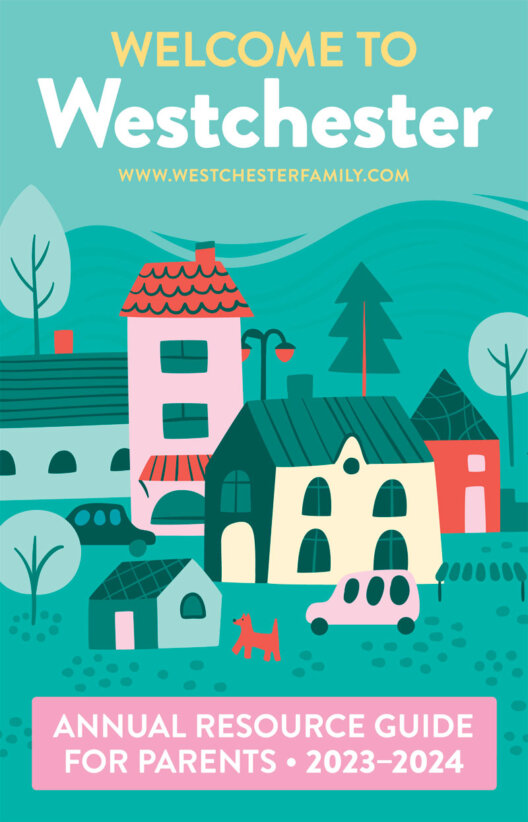Mammography screening for breast cancer became widespread in the 1980s. Since then information and guidelines about mammograms have continued to change as the technology to screen for cancer has evolved and advanced.
Gail Calamari, M.D., a radiologist at Rye Radiology in Rye Brook, clarifies some key points on guidelines, options, and advances in breast radiology. Named among America’s Top Radiologists in the Guide to America’s Top Doctors, Calamari has practiced at Rye Radiology for 26 years.
Importance of screening
The importance of screening for breast cancer cannot be understated. Calamari explains that the “whole point is to find cancer at its earliest stage when it is easier to treat and is therefore less impactful on a woman’s life.” Simply stated, Calamari notes that mammograms decrease deaths from breast cancer.
Yet, some women might still be apprehensive about mammograms citing them as harmful and uncomfortable. “Radiation in a mammogram is equivalent to the exposure received from two months of daily living,” explains Calamari. Women who find mammograms painful can schedule the exam when their breasts are least tender, plus take an anti-inflammatory drug like Ibuprofen one hour before the screening.
Current guidelines
“The goal is to save the most lives, so start having mammograms at age 40 and then every year for women that are at average risk,” advises Calamari. This is also the screening schedule established by the American College of Radiology, the American Society of Breast Surgeons, and the Society of Breast Imaging. Screening guidelines for patients at higher risk – those with a family history of breast cancer, known genetic mutation, and African American women – may benefit from earlier testing as recommended by their doctors.
Screening options
Different screening options are available based on the types of breast tissue and risk factors. Mammography is still the primary screening tool that has been proven to decrease mortality. Newer 3D testing provides clearer images and more precise results than traditional 2D mammograms. The multiple images of 3D mammography show even small cancerous masses in breast tissue and find
40% more cancers than 2D screening with less false positive results.
Ultrasound is a supplemental test, which has been demonstrated to find more cancers in women with dense breast tissue. A radiologist determines the level of breast density based on the mammogram and whether supplemental testing is needed. Density is important for two reasons: density has been shown to be a risk factor for breast cancer; and dense tissue can make it more difficult to spot cancer because both show up white on a mammogram.
MRI screening has been used for more than 20 years for women with a 20% or greater lifetime risk for breast cancer. This in-depth, more invasive, and sensitive screening tool is particularly helpful in guiding biopsies of lesions not otherwise picked up by a mammogram or ultrasound.
Screening advances
Contrast-enhanced digital mammography (CEDM) might be the future in breast cancer screening. Newer than 3D mammograms, this type of exam simulates MRI testing. Although not widely available and still being researched as a screening tool, CEDM could be highly effective in diagnosing breast cancer in women at high risk and with dense breast tissue. Currently, there are no recommendations for CEDM testing.
A new recommendation was issued in 2018 by the American College of Radiology for women to undergo risk assessment for breast cancer at age 30. This recommendation is not yet being generally applied, but Calamari suggests that all women have the risk assessment, which includes a detailed family history of whether a mother, sister, or even father suffered from breast disease and at what age. The results can help determine whether a patient is at average or higher risk and whether they should begin screening at age 40 or earlier.
While it’s important to follow the advances in breast radiology and to request the best options available, Calamari urges that the “best way to improve chances of surviving breast cancer is finding it early.”
Henrietta Toth writes middle-grade nonfiction and contributes to Westchester Family.







